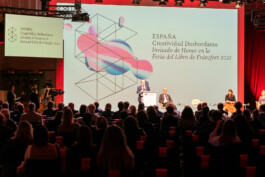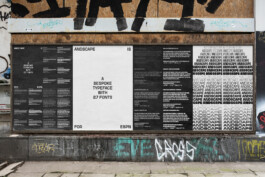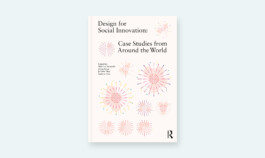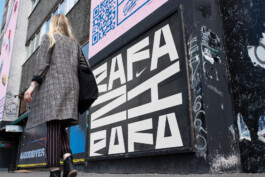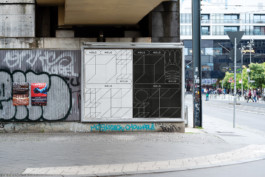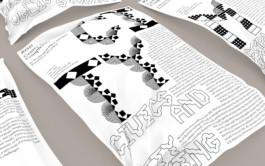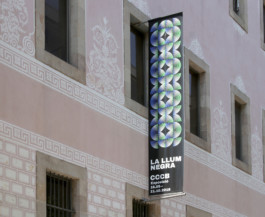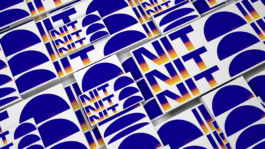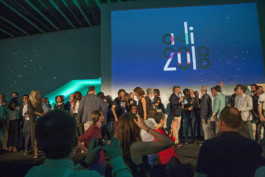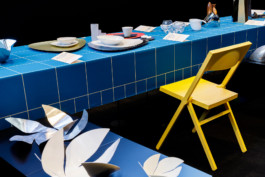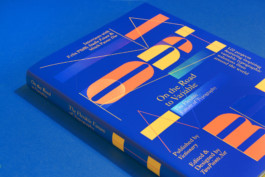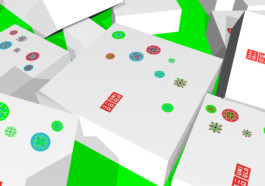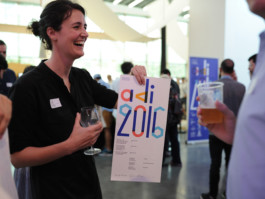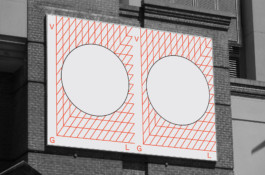
“LEAP Dialogues is a manifestation of the state of the art in design practices through the lens of social innovation. It offers readers a potent cross section of case studies and career trajectories of successful people who are shaping this emergent field. The book demonstrates how design matters in social change and how an education in design allows a professional to move throughout their career making contributions to the world,” said Dr. Mariana Amatullo, lead editor of LEAP Dialogues and co-founder and vice president of ArtCenter’s Designmatters department.
LEAP Dialogues is a first of its kind book that explores the new career pathways in social innovation for designers, with contributions from 84 thought-leaders from across disciplines and sectors. These contributors encompass critical and diverse points of view, stories and experiences about key issues direct from the field, creating a multilayered picture of how this field is being shaped.
The book’s distinctive dialectic framework, presented through a series of informal dialogues interposed with first person essays, “day in the life” entries and case studies, addresses the spectrum of challenges and opportunities for designers building career pathways in social innovation, and for the organizations and institutions looking to support those careers. The interesting and unexpected pairings of perspectives in the dialogues push each other to uncover stimulating insights and debatable ideas that are at times provocative, at times reflective, at times informative but always engaging and accessible.
LEAP Dialogues: Career Pathways for Designers in Social Innovation was edited by Amatullo with Bryan Boyer, co-founder and partner at Dash Marshall; Liz Danzico, creative director, NPR and founding chair of the MFA Interaction Design, School of Visual Arts; and Andrew Shea, founder and principal of MANY.
Client: Designmatters at ArtCollege of Design, Pasadena, USA
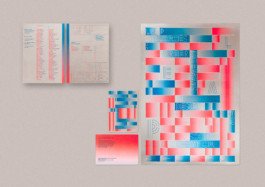
TwoPoints developed a visual identity for the publication and it’s marketing tools, website, poster, postcard, e-flyer and newsletter. The flexible visual identity consists of a simple yet distinctive color scheme (neon red, petrol blue and soft gold) and a custom designed typeface.
The fading of the two very different colors, the bright and shiny neon red and the calm and balanced petrol blue, is a recurrent theme of the visual identity. It represents, on an intuitively perceived layer, the dialogue between two different voices. Rather than being treated as opponents, they stimulate each other and sometimes even fade into each other.
The custom designed typeface avoids closed forms on purpose. It tries to represent, in a subtle way, the open approach the editors have towards the theme of the book. Rather than imposing a “perfect” definition by one author, it allows many actors, including the viewer/reader, to form their own definitions, as the viewer would complete on their own the gaps in the letters of the typeface.
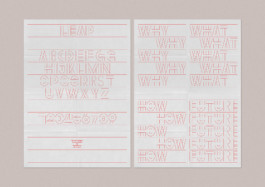
TwoPoints emphasized the dialectic nature of the dialogues in giving interviewer and interviewee different horizontal positions. This fragmented layout not only stimulates the reader, it also gives a distinctive character to the book.
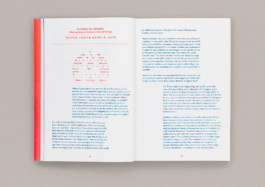
The very different, often more visual, “day in the life” entries and case studies break the pattern of the dialogues.

At the beginning of each section, TwoPoints used the custom typeface to create big lettering of the section titles “WHY”, “WHAT” and “HOW”.
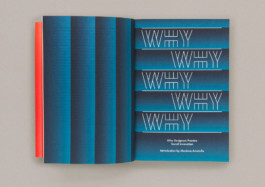
Some more spreads of the book:


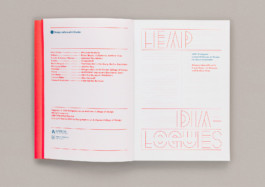



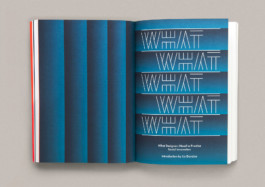
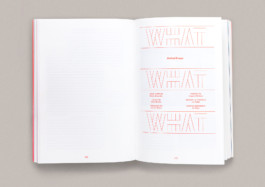

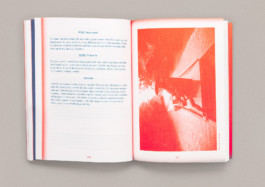

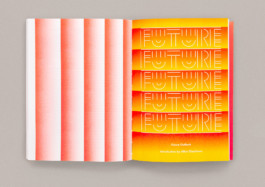
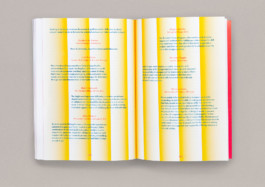
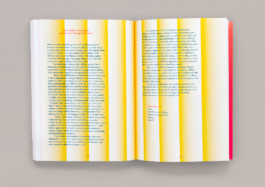
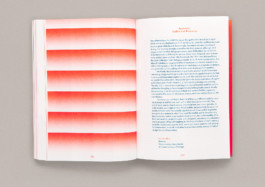
Postcard
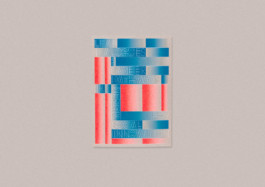

Poster
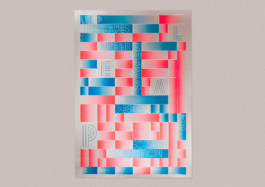
Website
The book LEAP Dialogues: Career Pathways for Designers in Social Innovation has a simple one page website layout with one layout for mobile viewports and one layout for desktop viewports. The site presents the content of the book and it’s contributors, promotes upcoming events and informs interested readers where to purchase the book. Visit the website for the fully functional layout and updated information.
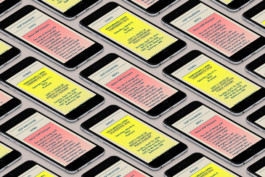
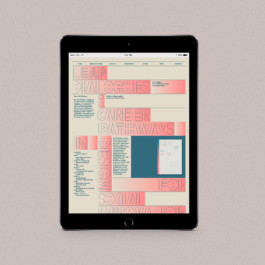

“Trusting Lupi and Martin and their TwoPoints.Net studio with the LEAP DIALOGUES book design commission was an easy choice. As it happens, this choice also turned into a wonderful gift. It was an easy choice because I was already a fan of their work, having been introduced to the studio through our co-editor Bryan Boyer and his prior collaboration with them during the Helsinki Design Lab days. It became a gift because they made a complex process into a seamless and enjoyable collaboration. They met every constraint—from the conceptual (i.e. reconciling 84 distinct contributions, four editorial voices and varying types of content) to the practical (i.e. different time zones, tight budgets and an even tighter production schedule) as a creative opportunity to do something novel and purposeful with their design. Watching that process unfold up close was a terrific learning experience.
Getting the aesthetic quality of this book right—how a reader might perceive it and enjoy it—was of paramount importance to all of us on the editorial team. Our intention was to develop a beautifully crafted artifact that would honor the assembled content about emergent career pathways in design for social innovation, and help present that content in ways that might redefine it all together.”
Each time I hold the book in my hands, I cannot help but celebrate that we may well have met our aspiration.
Mariana Amatullo, PhD
LEAP Dialogues Lead Editor
Co-Founder and Vice President
Designmatters, ArtCenter College of Design
More Projects:

